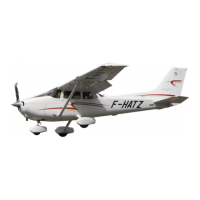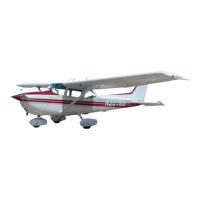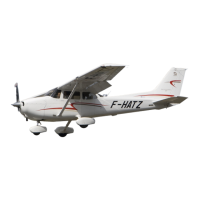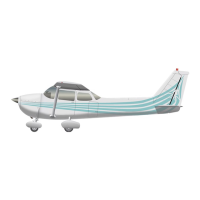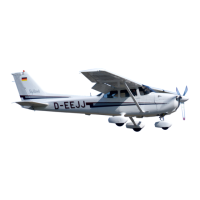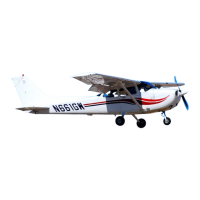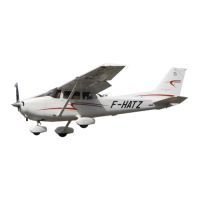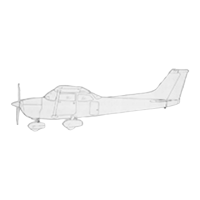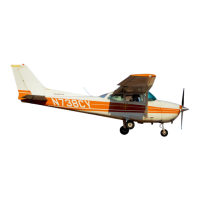SECTION 9 - SUPPLEMENTS
SUPPLEMENT
3
NORMAL PROCEDURES (Continued)
CESSNA
MODEL 172S
NAV
III
The distance from the waypoint to start the turn will vary with
groundspeed, degrees
of
heading change, etc., but will usually
be
approximately 0.5 nautical mile from the waypoint. Flight plan
sequencing to the next waypoint will occur
at
approximately the
midpoint of the turn.
Roll
Steering works only
if
all the following conditions are true:
1.
GPS must
be
the navigation source shown
on
the G1000
HSI.
2.
The GPS navigation computer must be executing
an
active
flight plan.
3.
The
KAP
140 must be engaged
in
NAV or APR mode.
4.
The GPS must not be operating
in
OSS mode (PFD).
NOTE
When
on
an
active GPS flightplan with the
KAP
140
Autopilot coupled
in
NAV or APR
mode,
waypoint
course changes greater than approximately
140
0
could result
in
a turn rate that reaches the autopilot
bank angle limit. The pilot may need
to
change the
KAP
140 to
HDG
mode (also
arm
NAV or APR
mode)
and
manually set the intercept heading to
help the autopilot lock
on
the new course.
HOLDING PATTERNS AND PROCEDURE TURNS:
When operating
IFR
on
an
active GPS flight plan, enroute or
transitioning to the terminal environment, a holding pattern or
course reversal maneuver may be necessary. The
G1000 GPS
does not provide course guidance through these maneuvers. The
pilot must set both the
G1000 and the
KAP
140 to the correct
operating mode and provide course guidance.
The Holding
Pattern is usually shown
on
the
MFD
Navigation
Map
(for a published holding fix), but it
is
not included as a leg of the
flight plan.
GPS flight plan execution must
be
paused by entering
OSS mode
and
using autopilot
HDG
or NAV modes, as applicable,
to perform the maneuver.
(Continued Next
Page)
S3-36
U.S.
FAA APPROVED
172SPHAUS-S3-00
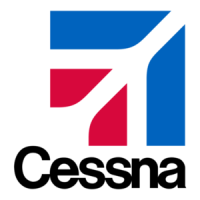
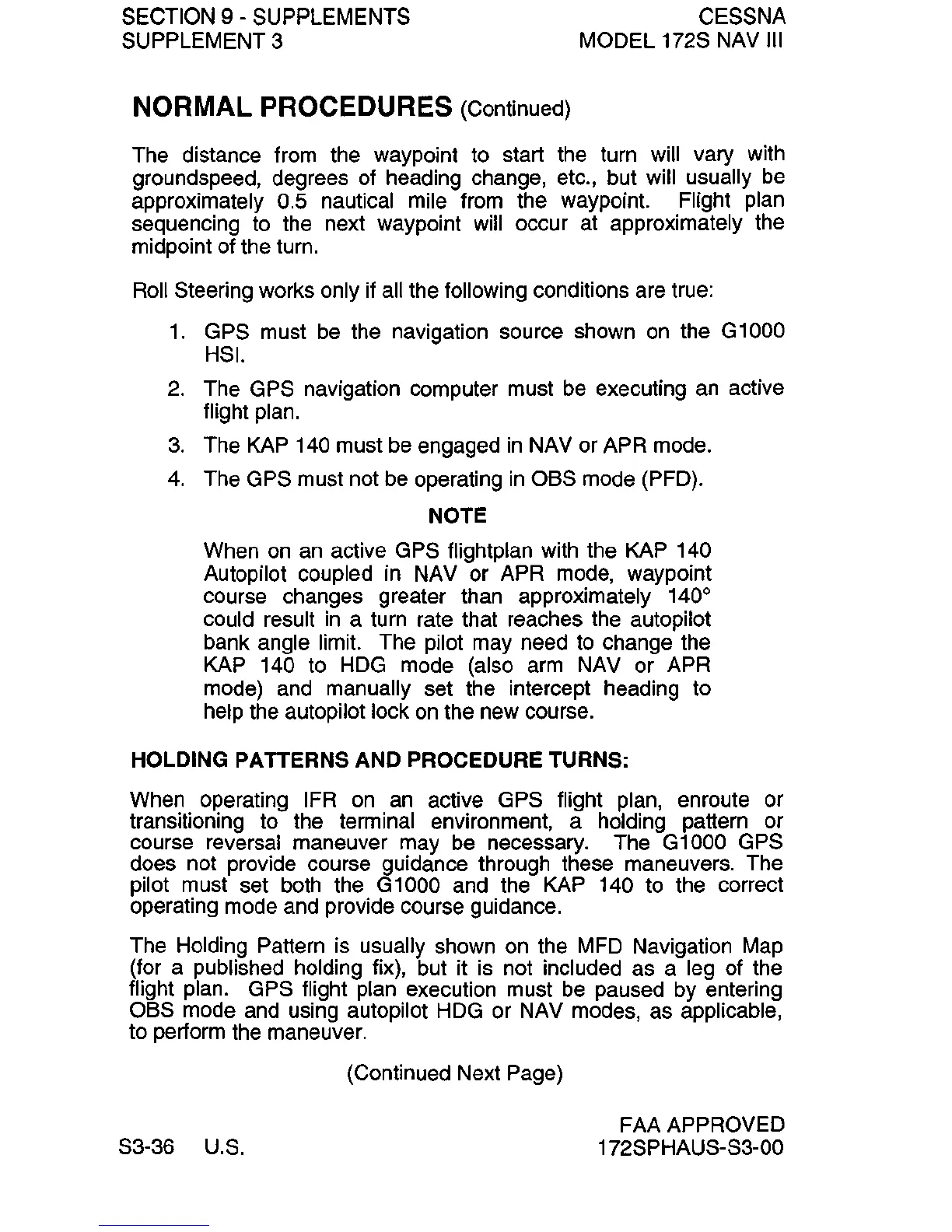